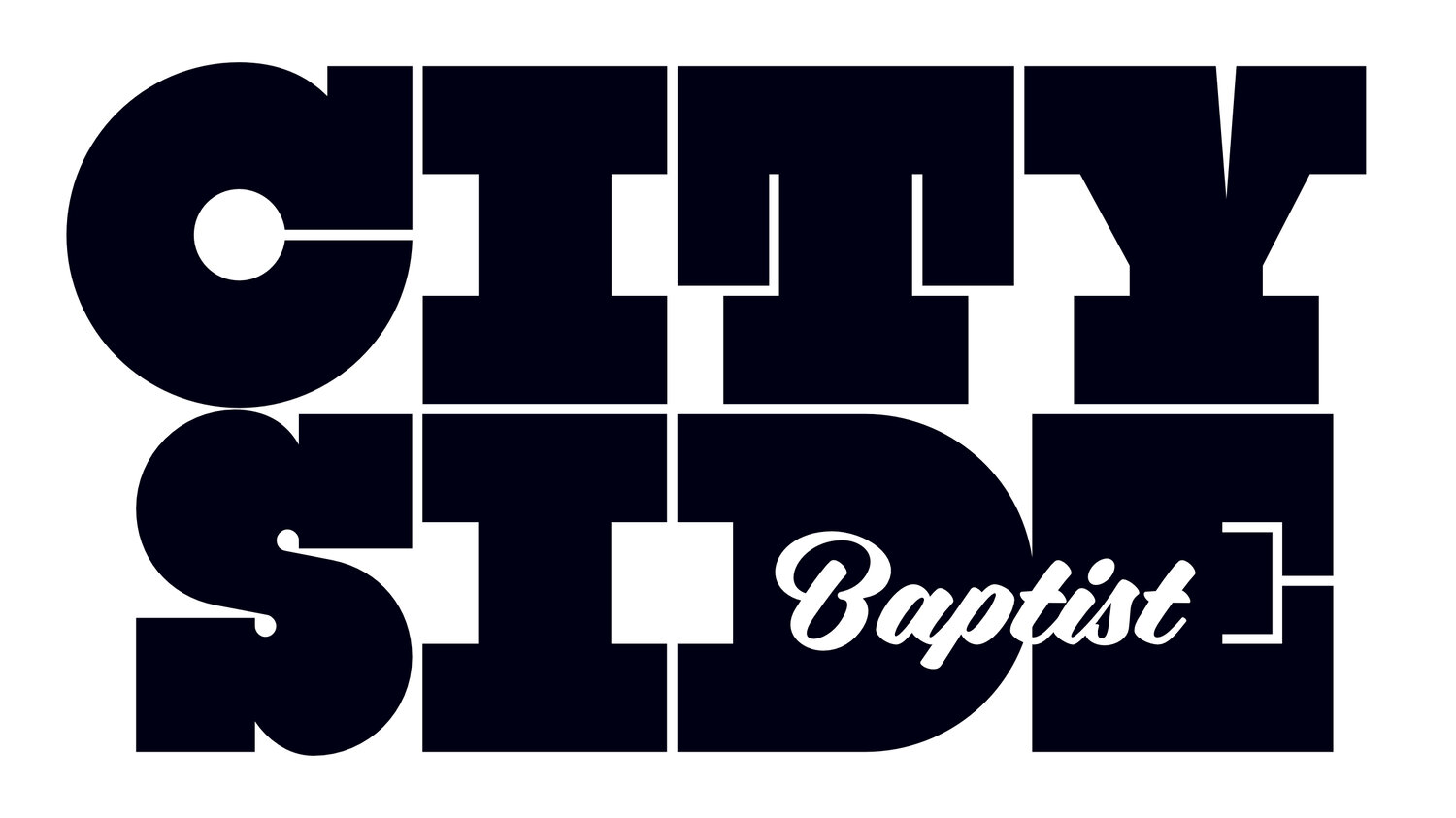Fertile soil and rocky foundations
Standing at the top of Maungawhau and looking across to Cityside, it’s hard to see much greenery. A Maungawhau Heritage Walks brochure labels this part of town Mt Eden’s “industrial area”, which is pretty much how it’s felt to me in the twenty years that I’ve been part of this community. A close inspection of Cityside’s immediate environs shows a few brave weeds struggling to push through cracks in the asphalt and concrete, along with some small patches of landscaped natives. Only rubble remains of the short-lived Cityside vegie garden from a few years back.
But it hasn’t always been this way. The land around Cityside has taken many forms over the past 25 million years, since Aotearoa first emerged from the sea in its current form. In more recent times, humans have had a huge impact on the flora of this place, and the flora, in turn, has shaped the communities that have made this area their home. What part has Cityside played in this story, and how can it help us to understand ourselves and our purpose in this place?
Despite living in Mt Eden for many years, I was recently surprised to discover a hidden gem in the area- the Withiel-Thomas Reserve. Tucked in between properties on Withiel Drive in Epsom (on the eastern slopes of Maungawhau), the reserve is a tiny remnant of a rock forest that once spanned 50 hectares. Beneath the forest lies a thin layer of soil, created by a build-up of leafy humus, and beneath that lies a basalt lava field, a legacy of the eruption of Maungawhau 28,000 years ago.
“A pohutukawa, arms outstretched, greets the visitor, torqued branches corkscrewing up into the sunshine. In the canopy, puka, mangeao, tītoki and māhoe compete for light. Saplings are scrawny and aspiring, mature trees are spindly and veering, having linear conversations with each other. Pigeonwoods seem most anxious, jetting upwards from rangy roots”, says a National Geographic article about the forest. “The unexpected terrain, the botanical mix, the airiness of the understorey, the morphology of certain species—these things give the rock forest an otherness compared with most of Auckland’s native bush. It is, in fact, an exceptionally rare and endangered ecosystem”, the article goes on to explain, with only 3 hectares remaining in this part of town.
Early Māori inhabitants of this area cleared some of the forest for gardens, bringing cultivation techniques from their Pacific homelands. Huge taro and kumara gardens spread from the base of Maungawhau through modern day Mt Eden, with the volcanic rocks of the basalt lava field used as passive solar heating for seed raising beds, enabling tropical crops to adapt to the colder environment. Survival for Māori in this area depended on what they could grow, and in being able to adapt and find uses for the plants that were already here. Maungawhau itself was named for the whau tree, which was extremely light and cork-like and used as floats for fishing nets and utility rafts.
Europeans settlers began arriving in this area in large numbers around the mid 1800s, and had their own vision for its flora. They too made use of the plants that were already here, learning from Māori how to construct housing and make rope and cordage from flax and raupo. The early colonists were small farmers, clearing much of the land and growing potatoes, oats, wheat and barley, using the abundant scoria and rocks as building materials.
Fruit and vegetables were introduced in large numbers from Britain. Experimental hop gardens were planted on half an acre beside Domain Breweries in Newmarket. In Windmill Rd in Mt Eden, a flour mill was located alongside a substantial wheat plantation. Chinese market gardens appeared along Khyber Pass in the 1870s. The landscape was quickly transformed, owing to the warm temperatures, plentiful rainfall and volcanic soils. By the mid 1800s, it was reported that “the country around Auckland presents the appearance of a home-like English landscape.”
Cityside’s appearance in the story comes at the point at which farmland made way for suburban housing in this area, and later to industry. While the “Uptown” neighbourhood is quickly transforming into more of a residential area again, housing is dense and there still isn’t much space for flora to thrive. But big plans are afoot to regenerate the forest on the maunga itself, thanks to the hard work and vision of the Tupuna Maunga Authority, Friends of Maungawhau and Urban Ark. These groups are working to replant native trees, eradicate pest animals and plants and bring back native wildlife, with Cityside sitting just on the border of the Maungawhau Urban Halo focus area.
So what does all this mean for us as a community? With a mission statement that says that we “hope to nurture depth, beauty and vitality in the world around us”, and that we “work towards the restoration of all of life, ” what does this mean for the flora of our place? Can we utilise our building and surrounding small patches of land to contribute to the flourishing of life here? Can we join with the efforts of other groups to bring back native biodiversity in this area? And how does the image of the rock forest or the fertile volcanic soil help us to understand our essence as a community? Whatever the answers, the persistence of the weeds reminds us of the tenacity of life, and the incredible ability for the Earth to regenerate.
For more information you can read the National Geographic article found at…
https://www.nzgeo.com/stories/eden-in-auckland/
